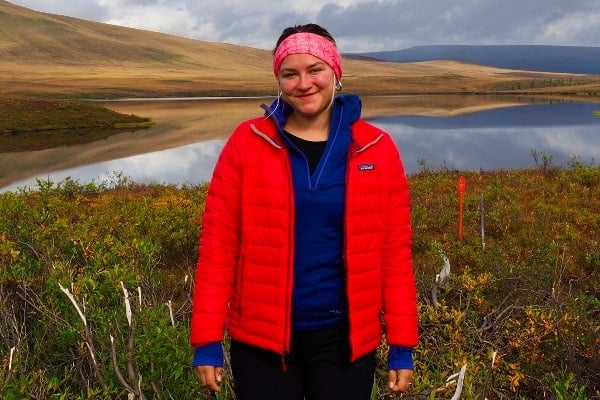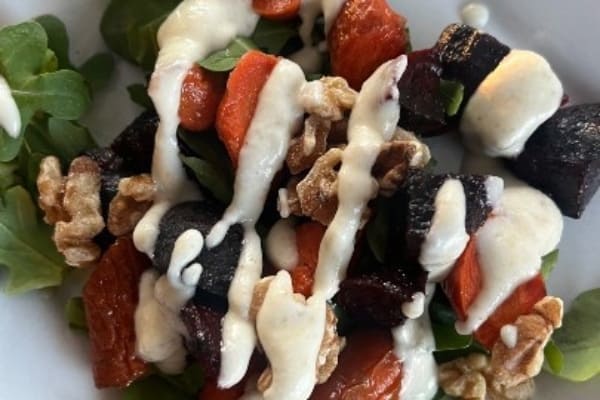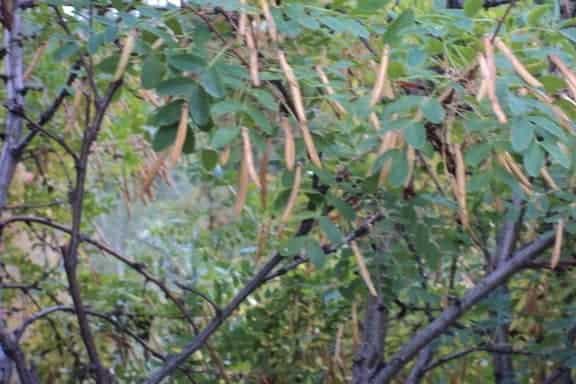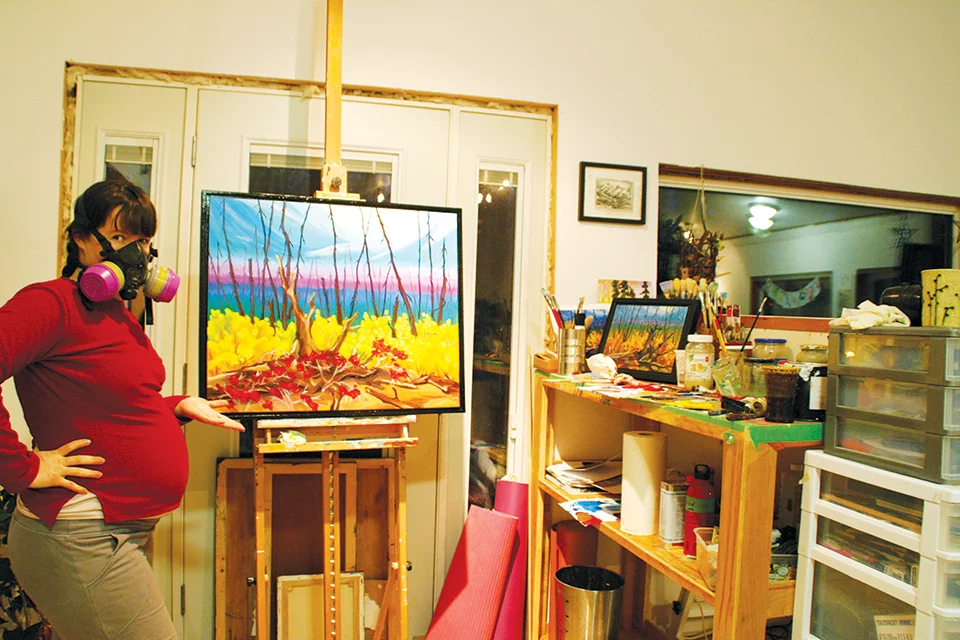Carrie Boles’ green thumb sprouted back in her hometown, the grassland ecosystem of Winnipeg , Manitoba. While working on a degree in cultural anthropology at the University of Winnipeg, Boles happened to live in a house packed with gardeners. As each roommate brought home the literal fruits of their labour, the horticultural bug was infectious and soon Boles was working in a local greenhouse.
Boles’ green thumb followed her up North, when she pedaled off from Nanaimo B.C., with a 15-year-old tent, a worn backpack and a set of panniers. And she didn’t stop pedaling till she hit Yukon soil.
Since those university days, Boles is still a self-proclaimed “learner” in the garden. And in her words: “The garden is a great teacher.”
The biggest lesson the Yukon garden has given her so far, is the art of perfecting Yukon’s soil. In it’s natural form, according to Boles, Yukon soil can be comparable to dark matter. Since the soil is packed and contains little air, the water lies on top, rather than sinking through and nourishing the earth. Accustomed to the good soil in Manitoba, Boles’ gardening heart still doesn’t skip a beat. She rolled up her sleeves and is currently concocting different mixtures of fertilizers, such as bone meal, blood meal and wood ash. Five star dining for plants.
As a general rule of (green) thumb for soil adequacy, Boles says, “If you have worms in your garden, that’s a good sign.”
To put soil on a sliding scale, sandy, grainy and light brown matter is pretty much the worst place to start off. Whereas the best soil is rich, dark, light and fluffy, like the texture of chocolate cake.
According to Boles, soil isn’t just important in the present. The knowledge of a garden’s history is vital for its future success.
To bring back our handy-dandy concept of a sliding scale, all plants can be ranked between the two extremes of a “heavy feeder” and a “light feeder.” Heavy feeders, such as cabbage, broccoli and sunflowers, need a large quantity of nutrients from the soil and consequently deplete the soil. Whereas light feeders, such as peas, beans and lettuce only need to absorb a small amount of nutrients from the soil in order to survive.
So, asking your soil to sustain a heavy crop after heavy crop is like making it run a marathon and then asking it to run back home. Whereas, allowing your soil to yield a heavy crop then a light crop allows the soil to replenish itself.
Boles points out that another important aspect of a gardening plan is companion planting. It’s the practice of planting different plants together based on their nutrient needs, allowing plants to complement, rather than hinder, one another’s growth. It results in “BFF” pairings of plants, such as cabbage beside dill and tomatoes with basil.
Boles ranks a lack of companion planting near the top of her list of most common gardening mistakes, as well as attempting to put too many plants in a small space.
When it comes to flowers, Boles loves the whimsical, messy and eclectic jungle aesthetic, teeming with plants of every kind. But when asked the crucial question: If you had to choose one, would it be food or flowers? Boles answered that she’d choose food.
Food can be more frustrating to work with in the garden cautions Boles, as deformed flower can still look pretty, but non-edible vegetables are useless. Boles recommends kale as a good place to start. She is currently working on mastering the art of growing gourds in the Yukon. Without any gourds in her Yukon garden, Boles visited her home in Manitoba. She returned with a spaghetti squash from her prairie crop, stuffed in her backpack, a delicious prize proving her salt a gardener.
But despite all of the frustrations, Boles still finds an inherent joy in gardening. With all the politics and craziness in the world, Boles loves to get down on her hands and knees and problem solve in the garden with a fistful of dirt. It’s calming. It’s peaceful.
Currently, Boles is volunteering her time and expertise as the head gardener at the Victoria Faulkner Women’s Centre, an organization allowing a safe space for women to come together.
She doesn’t plan to leave the Yukon, at least not until she perfects the art of its fickle soil, and guarantees she’ll still be a life-long learner when it comes to the garden. Wherever Carrie Boles’ travels take her, one can guarantee she’ll leave a green thumbprint behind.




